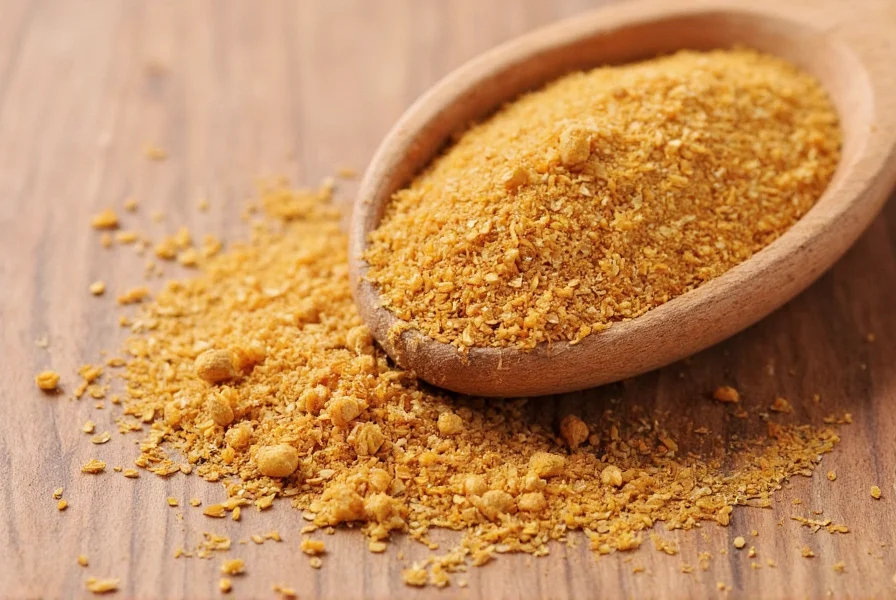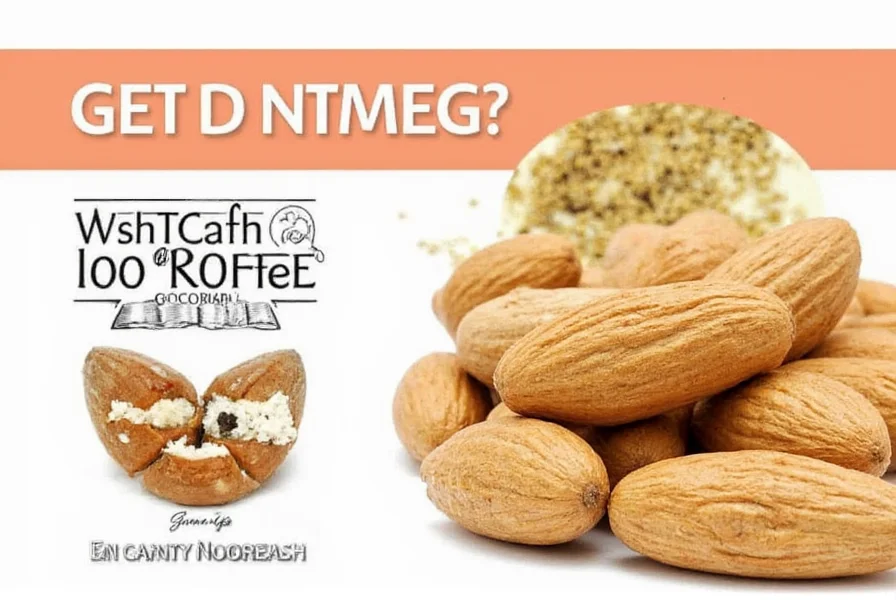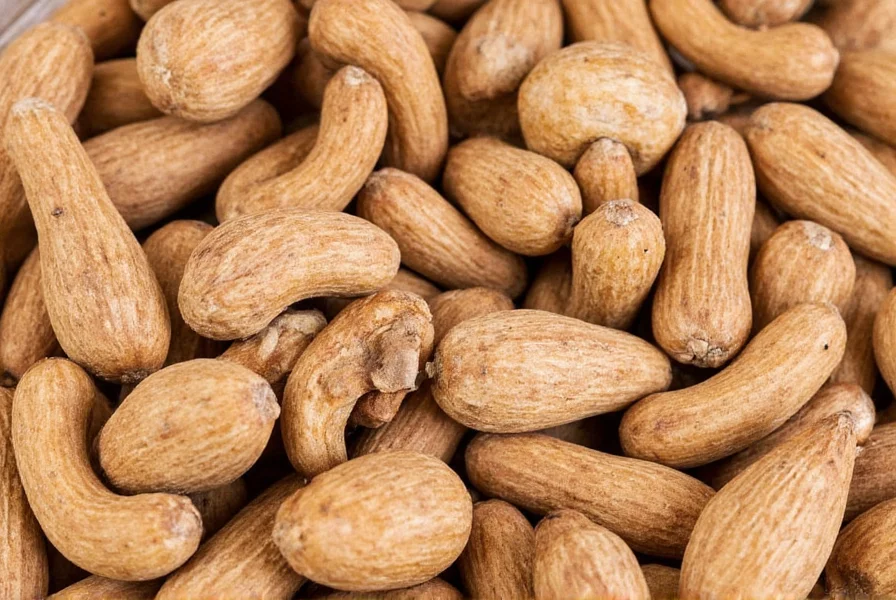Nutmeg, a common kitchen spice derived from the Myristica fragrans tree, has circulated in drug folklore as a potential psychoactive substance. However, scientific evidence and medical professionals consistently warn against using nutmeg for recreational purposes due to significant health risks.
The Science Behind Nutmeg's Psychoactive Claims
Nutmeg contains myristicin, a naturally occurring compound that in very high doses may produce mild hallucinogenic effects. However, the amount required to potentially experience these effects—typically 5-30 grams (1-6 tablespoons) of ground nutmeg—far exceeds culinary use and enters the toxic range.
Myristicin metabolism produces amphetamine-like compounds, but the process is inefficient and unpredictable. Unlike controlled substances, nutmeg's effects are inconsistent, unpleasant, and dangerous. The delayed onset (3-6 hours) often leads users to consume additional doses, increasing overdose risk.

Documented Effects and Risks of Nutmeg Consumption
Medical literature consistently reports that nutmeg intoxication produces primarily negative physical and psychological effects:
| Time After Ingestion | Common Symptoms | Severe Complications |
|---|---|---|
| 1-3 hours | Dry mouth, flushed skin, thirst | |
| 3-6 hours | Nausea, vomiting, dizziness | Tachycardia (rapid heartbeat) |
| 6-24 hours | Anxiety, confusion, hallucinations | Seizures, acute psychosis |
| 24-72 hours | Residual confusion, fatigue | Organ damage, coma |
Unlike intentional recreational substances, nutmeg intoxication rarely produces euphoria. Most users report intense discomfort, disorientation, and regret. Emergency room visits related to nutmeg consumption typically involve severe gastrointestinal distress and cardiovascular complications.
Medical Perspective on Nutmeg Safety
Healthcare professionals emphasize that nutmeg is not a safe alternative to recreational drugs. The American Association of Poison Control Centers reports numerous cases of nutmeg-related toxicity, particularly among adolescents experimenting with household substances.
Dr. Elena Rodriguez, a clinical toxicologist, explains: "The margin between nutmeg's purported psychoactive dose and toxic dose is dangerously narrow. We've treated patients with nutmeg-induced psychosis requiring hospitalization. There's no safe way to use nutmeg for getting high."
Legal Status and Harm Reduction Information
Nutmeg remains legal for culinary use worldwide, but its recreational use carries significant risks without legal protection. Unlike regulated substances, nutmeg lacks quality control, making dosage unpredictable.
If someone has consumed large amounts of nutmeg seeking psychoactive effects:
- Seek medical attention immediately if experiencing severe symptoms
- Do not induce vomiting unless directed by medical professionals
- Stay hydrated and monitor vital signs
- Provide medical staff with exact amount consumed if possible

Why Nutmeg Myths Persist
The misconception that nutmeg can safely get you high persists due to several factors:
- Historical references: Some historical texts mention nutmeg's psychoactive properties without context of dangerous doses
- Online misinformation: Forums and social media spread anecdotal "success" stories while omitting negative outcomes
- Accessibility: As a legal kitchen spice, nutmeg appears deceptively safe compared to controlled substances
- Curiosity: Adolescents seeking inexpensive alternatives to recreational drugs often target household items
Public health experts warn that searching for "how to get high on nutmeg" or "nutmeg psychoactive dosage" often leads to dangerous misinformation. Reputable medical sources consistently advise against using nutmeg for any non-culinary purpose.
Safe Alternatives for Wellness and Relaxation
For those seeking natural relaxation methods, numerous safer alternatives exist:
- Mindfulness meditation practices
- Regular physical exercise
- Herbal teas with chamomile or lemon balm
- Professional counseling for stress management
These approaches provide genuine wellness benefits without the significant health risks associated with attempting to use nutmeg as a recreational substance.
Conclusion: Prioritizing Health Over Risky Experimentation
The question "can nutmeg get you high" has a clear medical answer: while theoretically possible in toxic doses, nutmeg does not produce a safe or desirable high. The severe physical and psychological consequences far outweigh any potential psychoactive effects. Medical professionals universally discourage using nutmeg for recreational purposes due to the high risk of adverse reactions and hospitalization.
Understanding the science behind nutmeg's effects helps dispel dangerous myths and promotes informed decision-making. When seeking relaxation or altered states of consciousness, numerous safer, evidence-based alternatives exist that don't risk your health and wellbeing.











 浙公网安备
33010002000092号
浙公网安备
33010002000092号 浙B2-20120091-4
浙B2-20120091-4